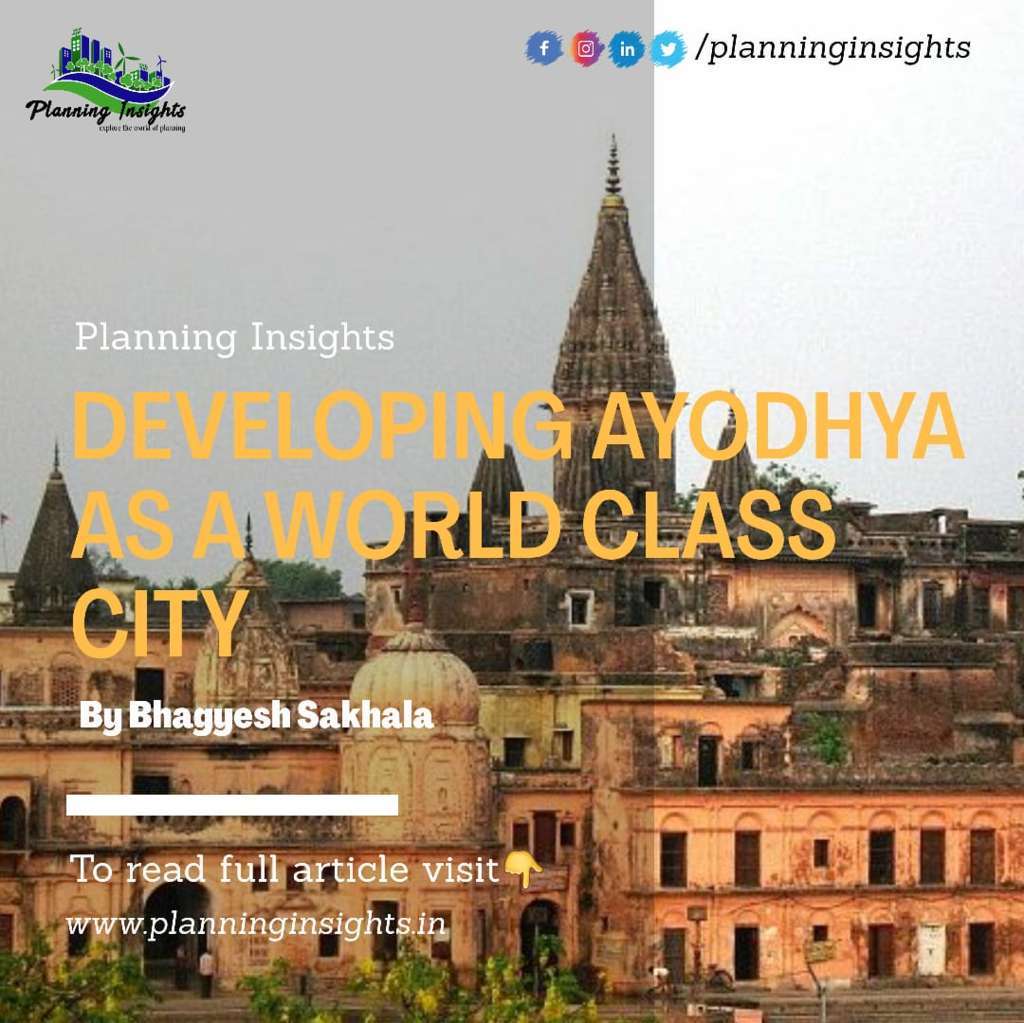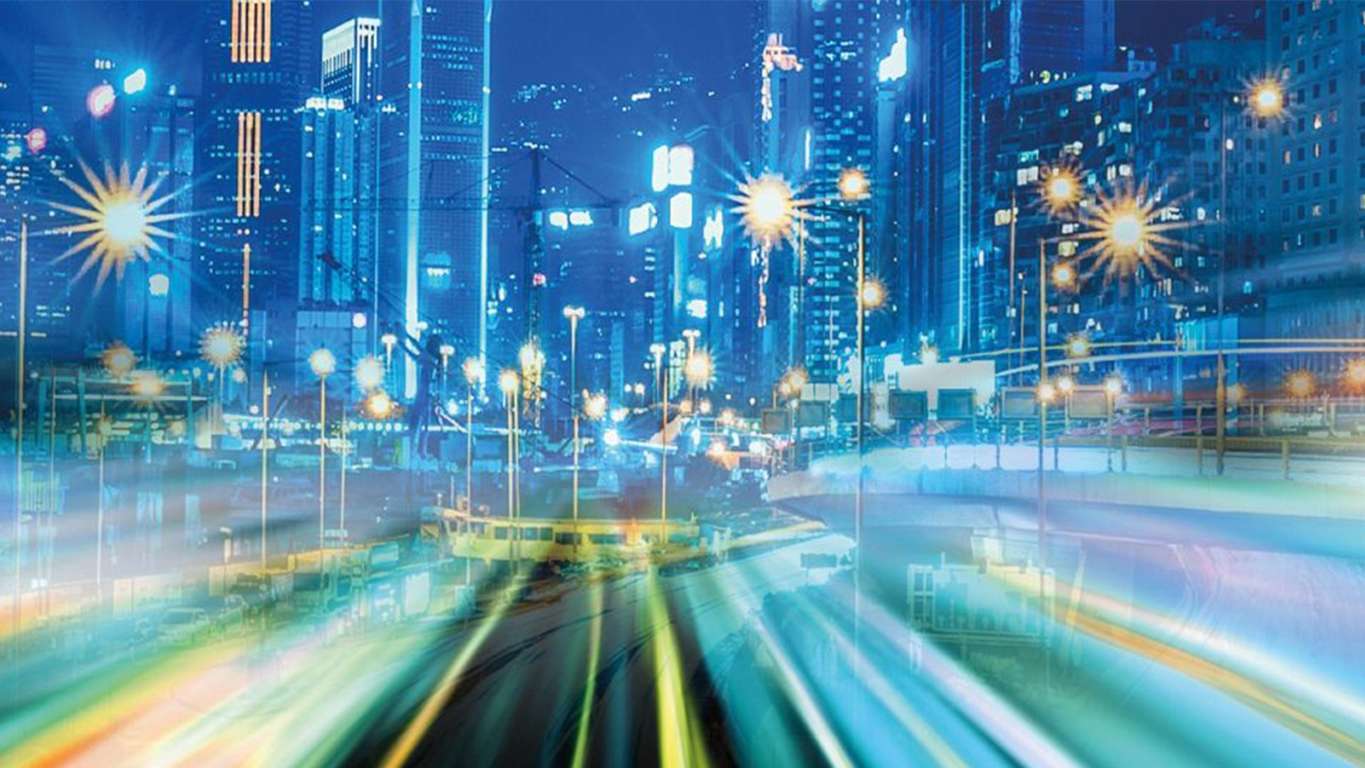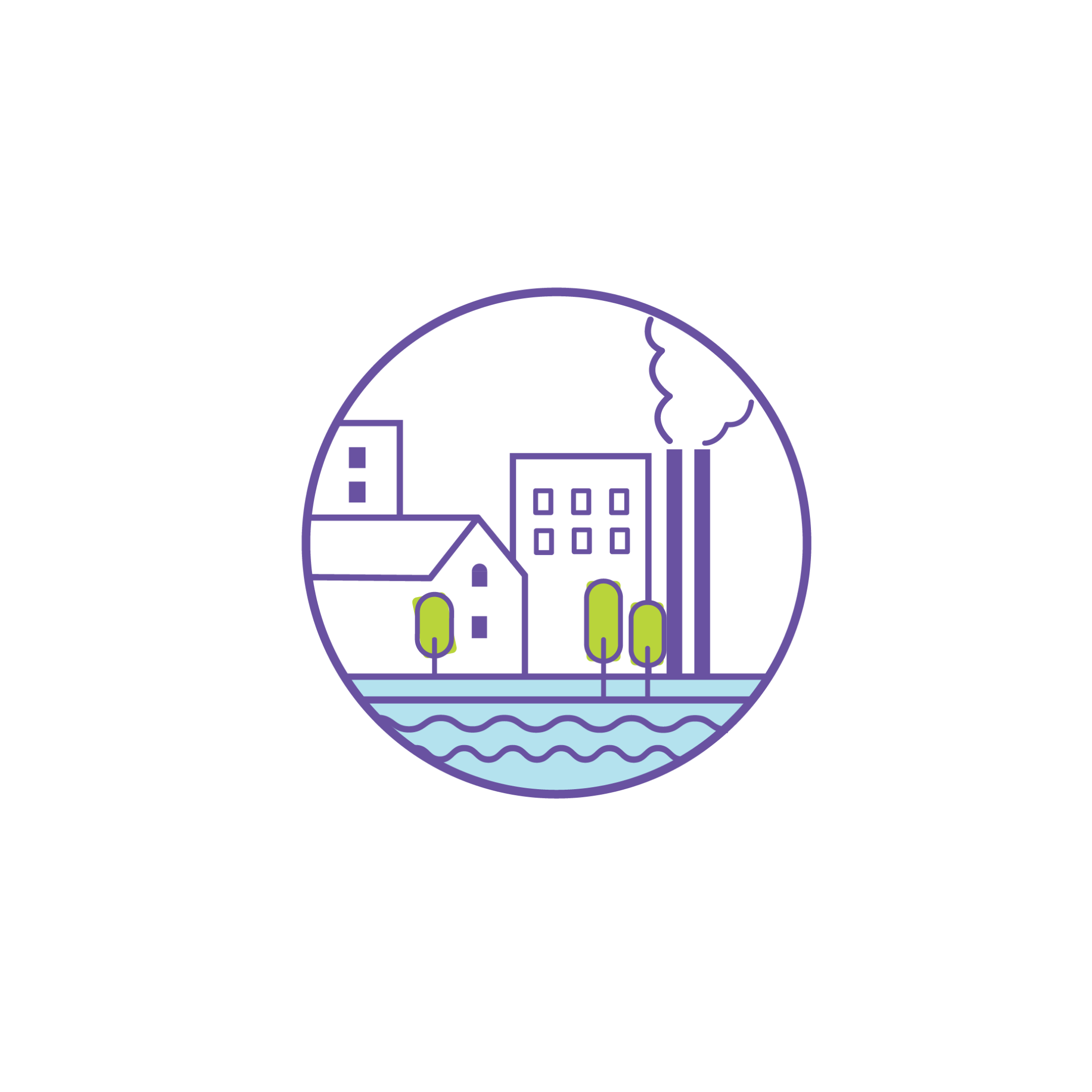Virtual Reality in Urban Planning
The
United Nations stated that the world population will increase to 9.3 billion by
2050, and among which, 6.3 billion people will dwell in urban areas. The rapid
increase in urban population has set new challenges in front of world cities
and urban planning practitioners. Some of these issues and challenges include
climate change, global warming, pollution, lack of natural resources, etc. Considering
these challenges the future of world cities and metropolis needs the planning
process to evolve and integrate technology in order to resolve these challenges.
The urban growth should be monitored to avoid adverse impacts on environment.
Increasing population requires government to meet the basic needs of housing
and food security. Additionally, the economic development of nation is
essentially based on the availability of advanced infrastructure to cater the
needs of the population. Considering these facts, the Government of India has
started Smart City Mission in 2015.
As
outlined by the Ministry of Housing and Urban Affairs India, to provide for the
aspirations and needs of the citizens, urban planners ideally aim at developing
the entire urban ecosystem, which is represented by the four pillars of
comprehensive development - institutional, physical, social and economic
infrastructure. This can be a long term goal and cities can work towards
developing such comprehensive infrastructure incrementally, adding on layers of
‘smartness’. Some scholars believe that six main criteria lead to the creation
of a smart city are smart economy, smart environment, smart mobility, smart
people, smart living, and smart governance. The major component of smart cities
has been Information and Communication Technology (ICT) and its integration in
fields of economy, environment, mobility, and governance. A smart city is the
integration of a digital city, the Internet of Things, and cloud computing
technology. A smart city also opens the doors for new innovations in the field
of planning.
Urban Planning being a multi-disciplinary field; there is a scope for
innovations to ease the planning process. The Business Dictionary states that innovation involves
deliberate application of information, imagination and initiative in deriving
greater or different values from resources, and includes all processes by which
new ideas are generated and converted into useful products and to resolve
challenges. Most innovation are sustaining innovations which helps us to get
better at we’re already doing. Virtual Reality can be classified as sustaining
innovation for the planning process as it will improve our existing
capabilities and provide us a clear idea of what skill domains will be required
to solve problems in planning process.
Virtual
reality is a term used to describe a three-dimensional, computer generated
environment which can be explored and interacted-with by a person. VR
technology creates a convincing, interactive world for the user. This virtual
world is computer-generated (only powerful machines, with realistic 3D computer
graphics, are fast enough to make believable, interactive, alternative worlds
that change in real time as we move around them), believable (you really need
to feel like you're in your virtual world and to keep believing that, or the
illusion of virtual reality will disappear), interactive (as you move around,
the VR world needs to move with you), and explorable (VR world needs to be big
and detailed enough for you to explore).
As
this technology is becoming more accessible, it's time to start considering how
immersive (to be both believable and interactive, VR needs to engage both your
body and your mind) virtual experiences could help design visioning process and
decision-making. This technology can provide much
more concrete value to cities. Urban planning is a complex process that
encompasses different aspects in social, economic, physical, and spatial nature.
These aspects are dependent, and they interact with one another within an urban
system. Therefore, the decision-making process relies equally on all these
aspects. As today’s planning process is primarily based on the efficient use of
available data, virtual reality (VR) offers a new way of bringing this data to
life. This technology will seamlessly integrate data into everyday experiences
and provide a solid base of the industry and is likely to change the model of
the old urban planning techniques. This technology will help planners visualize
and analyze big data to help boosting the process of decision-making.
With
the help of Augmented Reality and Virtual Reality, planners can work better and
more efficiently. Understanding the impacts of any new development on the
environment is one of the main challenges for planners. This technology will
work as a visualization tool to evaluate and forecast the environmental and
social consequences of creating a city is the key to achieving a sustainable
and resilient urban design and to build cities with less impact on environment
and having minimal ecological footprint. This will also resulting in efficient
use of resources as the virtual simulations will guide us to solve the problems
in sustainable way. One more use of VR could be in the process of redevelopment
and rehabilitation of historic buildings and monuments.
The
major challenge faced in India during the city planning process is the
communication gap between the planners or designers and the authorities. The
lack involvement by stakeholder in the process has also been a major drawback.
The traditional representation of various models, data can only be understood
by planning professionals which creates lack of involvement by other
stakeholders. This technology will help modeling of urban environments in 3-D,
using computers with advanced visualization techniques. This will allow visualizing
urban areas in different perspectives and approaches in a 3-D graphic
environment which will help analyzing highly complex problems in city planning.
It will also reduce the communication gap between the professionals, the
authorities and the citizens. Use of VR in urban planning can change the
structure of planning process to involve participatory approach and also
visualizing the cognitive behavior of urban dwellers. VR could helps
understanding the consequences of design schemes from multiple perspectives. The
on ground change in traffic pattern or the use of existing infrastructure can
be analyzed. Planners can also map and assess the social, cultural, and
behavioral responses to the built environment.
Though
technology changes the way of building cities, this technology is yet to be
available to be used by urban planners as it’s expensive and majorly owned by
private companies. The technology will also require assistance of other software
like GIS, digital drawings (computer-aided designs), multimedia data, and World
Wide Web-based VR techniques to be used in planning process. Thus the VR technology as an interactive
platform enables smart and sustainable cities to identify their potentials by
getting smarter and by improving their contribution to sustainability and increasing
rate of urbanization. A key challenge in implementing VR in urban planning is
cost. It is necessary to determine how urban designers and planners who work in
small companies will benefit from VR systems in their urban design or planning
practices.
“As an artificial world, the city should be so in the best sense: made by art, shaped for human purposes.” - Kevin Lynch
By Vaishnavi Jadhav:
Related Articles

Sustainable Development Goal Index

JOURNALISM IN PLANNING

SUSTAINABLE CITIES

Developing Ayodhya as a World Class city



